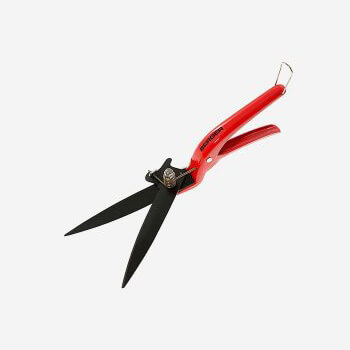10 月 . 22, 2024 08:52 Back to list
ball valve
Understanding Ball Valves An Overview
Ball valves are a crucial component in various industrial and residential applications for regulating fluid flow. Known for their simple design and reliable operation, ball valves utilize a spherical ball with a hole in the center that can be rotated to either allow or block fluid passage. This mechanism enables quick and efficient flow control, making ball valves a popular choice in many scenarios.
Design and Operation
At the heart of a ball valve's design is the ball itself, which can be made from various materials, including brass, stainless steel, and plastic. The valve operates by rotating the ball a quarter turn (90 degrees) from fully open to fully closed. When the ball's hole is aligned with the flow direction, the valve is open, allowing fluid to pass through. Conversely, when the ball is turned so that the hole is perpendicular to the flow, the valve is closed, effectively sealing off the passage.
One of the standout features of ball valves is their tight sealing capability. The design typically includes durable seals that prevent leaks, ensuring that the valve performs efficiently under pressure. The materials used in the seals are resistant to various chemicals and temperatures, making ball valves suitable for a wide array of applications, from water systems to industrial gas pipelines.
Applications
The versatility of ball valves lends itself to numerous applications across different industries
. In the residential sector, they are commonly used in plumbing systems for isolating water supply lines, enabling easy maintenance and repair. The ease of use—simply turning the handle—makes them accessible for homeowners.ball valve

In industrial contexts, ball valves play a vital role in processes such as oil and gas transport, chemical manufacturing, and food processing. They are ideal for services that require quick shutoff capabilities, especially when dealing with hazardous materials or high-pressure fluids. Their reliability ensures that processes can continue smoothly without the catastrophic failure that might occur if a valve could leak or malfunction.
Advantages of Ball Valves
Ball valves come with numerous advantages that contribute to their widespread usage. Firstly, their quick operation makes them suitable for systems where rapid shutoff is critical. Additionally, their construction allows for minimal pressure drop, ensuring that flow remains steady when the valve is open.
Furthermore, ball valves are known for their durability. While other types of valves may wear out over time due to frequent operation or exposure to corrosive substances, ball valves typically have a long lifespan with minimal maintenance requirements. This durability can reduce long-term costs associated with replacing worn-out valves or managing leaks.
Conclusion
In conclusion, ball valves represent a reliable and efficient solution for fluid control. Whether in household plumbing or large-scale industrial operations, their design and functionality meet the needs of various applications. With the ability to provide tight seals, quick operation, and durability, ball valves remain a preferred choice in diverse settings. As industries evolve and the demand for efficient fluid management systems grows, the significance of ball valves in ensuring safety and efficiency cannot be overstated. Understanding their characteristics and applications is essential for anyone involved in fluid systems, highlighting the critical role they play in modern engineering and infrastructure.
Share
-
Understanding the Differences Between Wafer Type Butterfly Valve and Lugged Butterfly ValveNewsOct.25,2024
-
The Efficiency of Wafer Type Butterfly Valve and Lugged Butterfly ValveNewsOct.25,2024
-
The Ultimate Guide to Industrial Swing Check Valve: Performance, Installation, and MaintenanceNewsOct.25,2024
-
Superior Performance with Industrial Swing Check Valve: The Essential Valve for Any SystemNewsOct.25,2024
-
Industrial Swing Check Valve: The Ideal Solution for Flow ControlNewsOct.25,2024
-
You Need to Know About Industrial Swing Check Valve: Functionality, Scope, and PerformanceNewsOct.25,2024